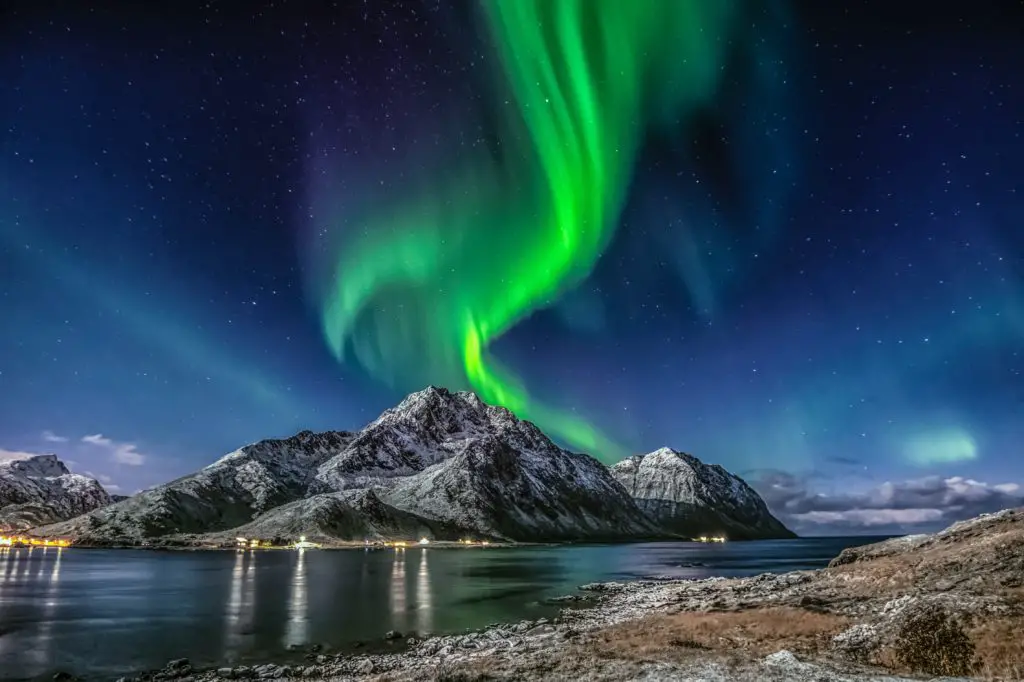The Norway spruce, popularly known as Picea abies has over the years gained popularity as the
choicest tree species for cities and municipalities. This rapid-growing tree is capable of growing
up to 60 feet tall and sometimes up to 100 feet. Its dark green and pyramidal shape makes it a
good fit for a tight windbreak. Let us know how to find Norway Spruce: All You Need to Know.
A Norway spruce costs in the range of $28 to $1,000, depending on the size you intend to buy.
For instance, a 10 to the 11-foot tree could cost you from $160 to $300.
How to Save Cost On Norway Spruce?
You can find some online farm that is willing to offer you mouth-watering discounts when you
place bulk orders.
It is also wise that you contract the same online farm that you bought the Norway spruce from to
do the planting for you. The sure way to cut down the cost is to purchase the trees as seedlings.
Although, it may take a while before your seedlings grow into the tree you want but it will save
you some dollars. Within three years of growth, the Norway spruce can attain the height of a
Christmas tree. Give it a few more years and it can grow up to 50 feet.

How to Plant and Care for Norway Spruce
Expose your spruce tree to six or more hours of direct and unfiltered sunlight every day. This
tree does not require complete shade. This tree is best suited for zones with cooler climates. The
Norway spruce requires some level of freezing temperature to be able to grow as it supposes.
One important factor to consider when growing a Norway spruce is the planting site. The choice
of soil for the spruce tree is a moist and well-draining soil with acidic nature. You should opt for
sandy, loamy, or clay soil, as they are good for the Norway spruce.
This tree requires that it be planted in an open space, although other species can grow in small
gardens or containers. The tree is easily transplantable, therefore you can plant your seedlings in
a flower pot and afterward transfer them to open space.
Care for Norway Spruce
Planting your spruce tree in a good location is one sure way to lessen the stress of nurturing it.
As I have earlier mentioned some species can thrive in a small garden but that is not the case for
the Norway spruce.
Water
In the first year of planting the Norway spruce, it is important to water the tree regularly. While
frequent and short watering is okay for the tree, deep soak watering is more profitable. When
they have grown to a particular level, regular watering will no longer be required.
Light
Partial shade to full sun is the standard light required by Norway spruce. Full shade is not
conducive for the tree. A minimum of six hours daily is needed, so you have to plant it in the
right spot.
Fertilizer
Application of fertilizer should be carried out based on the condition of the soil. Proper soil
testing should be conducted to check if fertilizer is needed to augment the soil’s acidity.
Animals, Diseases, and Pests
There are some insects and little creatures that can pose harm to the Norway spruce. Some of
which are bagworms, spider mites, and sawfly larvae. Leaf rust, cytospora canker, and
Rhizosphaera are common diseases associated with this tree. Watch out for these pests and
diseases. To avoid any escalating beyond remedy, it is important to pay attention to the tree.
Small mammals and birds find a dwelling place on these trees.
Types of Norway Spruce
Like with every plant, Norway spruce comes in various species. From weeping to dwarf
varieties, these trees can be used for several purposes and needs. There are more than 150
cultivars and all are almost identical to each other.
Pumila Glauca: This variety is dwarf in nature and grows up to 4 feet. It is designed
with blue-green needles.
Nidiformis: Popularly called bird’s nest spruce, this little landscape tree is capable of
reaching a height of 3 feet high.
Pendula: At maturity, this weeping variety can attain a 60 feet height but only grows 5
feet wide.
Conclusion
The Norway spruce is a climax species that grow in the late stages of forest succession in most of
its native range. It can grow in pure stands, mixed with other conifers, and mixed with deciduous
trees.
The species is mostly restricted to cool, humid climates, but it can survive in a variety of soil
types and conditions. It can grow in bogs, where its growth is slowed and is tolerant of poorly
drained and waterlogged soils.
Frequently Asked Questions
- Can Norway spruce be grown indoors?
Answer: It is not ideal to grow Norway spruce indoors or in a container as it can grow
quite big and tall. - What is the lifespan of Norway spruce?
Answer: A Norway spruce can exist for as long as 300-400 years.

